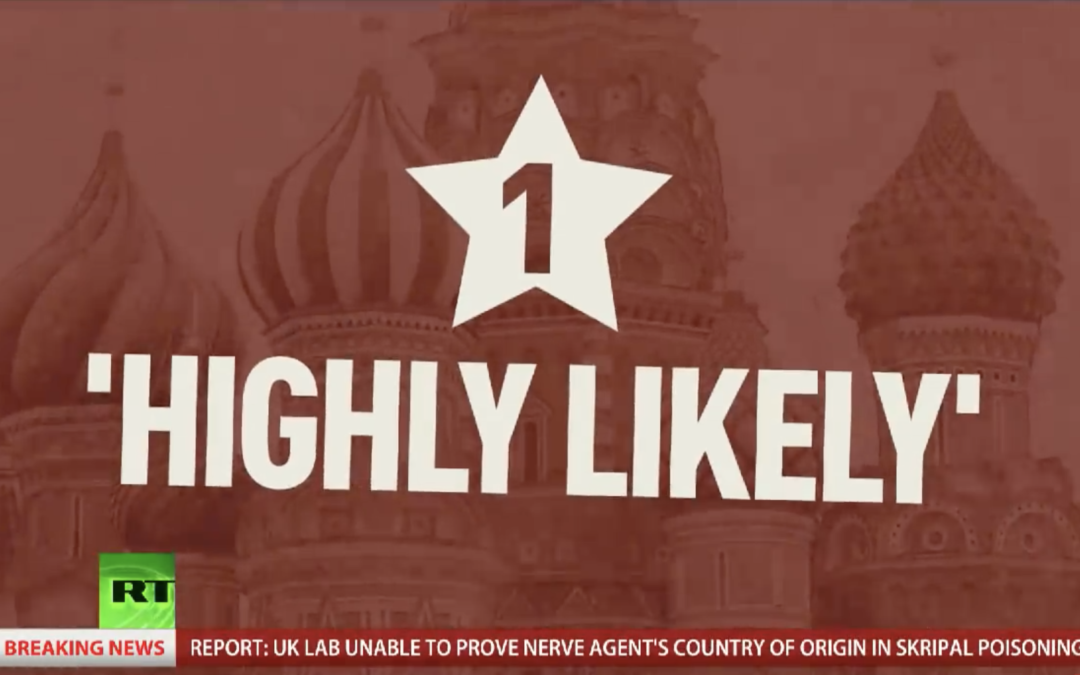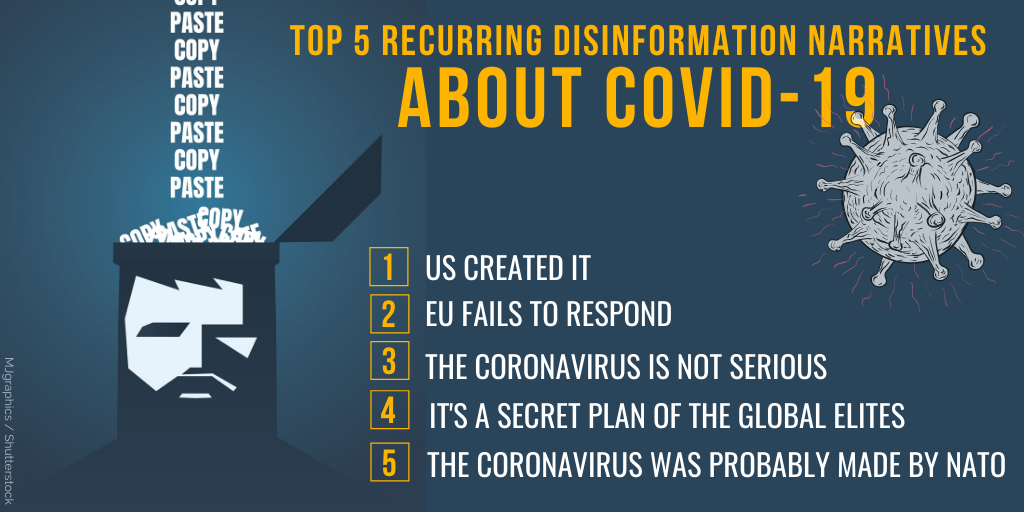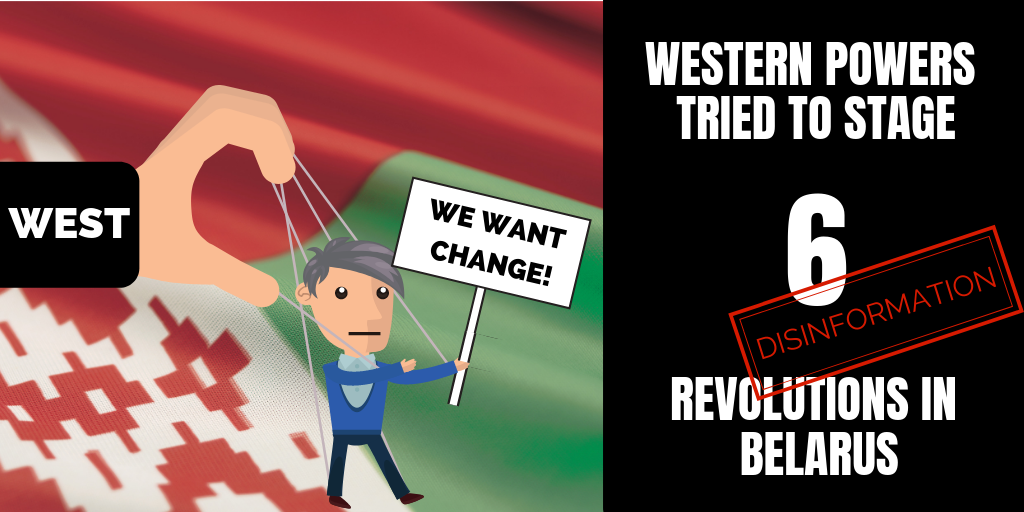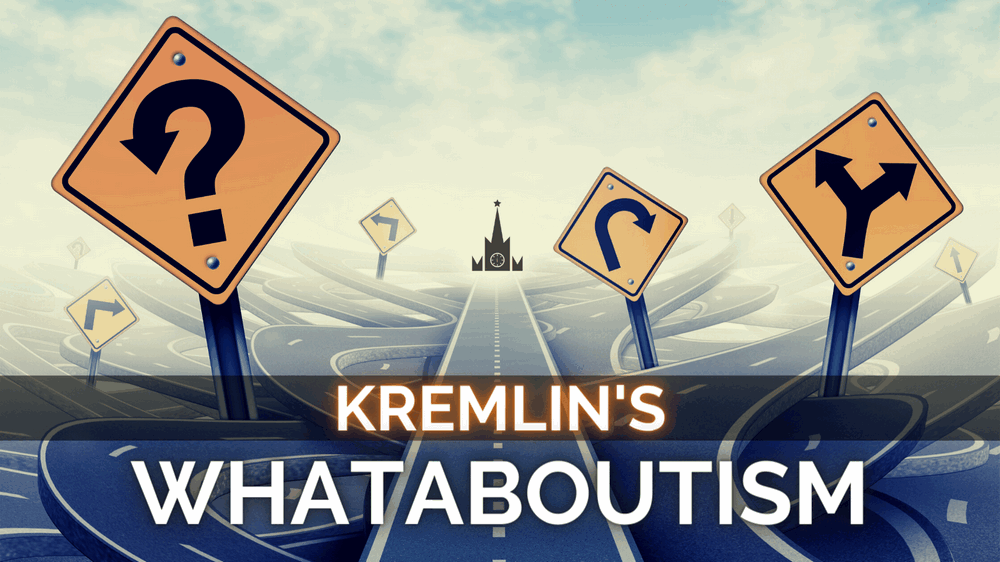Read also: Five ways Russia is generating a conspiracy smokescreen around the Skripal poisoning
It seemed that everything that could go wrong for the Kremlin had gone wrong: British authorities identified the substance used in the attack as the Russia-developed “novichok.” CCTV recordings showing the two suspects were presented to the public, and their real names and identities as GRU agents were published in journalistic investigations by Bellingcat and The Insider. Later, on 30 June, the attempted assassination case became a murder case when a local woman from the Salisbury area died after having been exposed to the poison.
The world was witnessing mistakes on top of mistakes. A loss of face of drastic dimensions was building up for Russia’s authorities.
The first line of defensive disinformation: Distract
When the Russian system is put in this kind of defensive position, the traditional tactic is to try to confuse public perception with disinformation in the form of multiple alternative “truths” about what has really happened.
. A recent study from King’s College London found that the Russian state outlets RT and Sputnik had spread “138 separate and contradictory narratives” about the incident.
This distraction approach resembled the way Moscow had been disseminating numerous “theories” about the July 2014 downing of Flight MH17.

However, the weakness of this kind of smokescreen is that it only buys time; as global awareness of the Kremlin’s disinformation campaign increased, and especially as it became evident that the series of alternative “truths” from Moscow even contradicted each other, Russian authorities were forced to also operate with the second line of disinformation defense.
The second line of defensive disinformation: Ridicule
The attempt to ridicule the United Kingdom – i.e. the victim of the attack – took the form of an online and media campaign centered around one particular phrase, which was taken from prime minister Theresa May’s statement
in the British parliament: That it was “highly likely” that Russia was responsible for the attack.
Russian government communication channels began to spread the hashtags #HighlyLikely and #HighlyLikelyRussia (follow the links to see examples on Twitter), as well as on Facebook (#HighlyLikely and #HighlyLikelyRussia) and other social media.
https://twitter.com/mfa_russia/status/973337667705466883
Some sources, including Russia’s foreign ministry, used a hashtag with the English phrase in its Cyrillic transcription: #ХайлиЛайкли.
The Russian government-sponsored Russkiy Mir Foundation (“Russian World”) even launched a campaign to make Russian students return to Russia from abroad under the headline “Highly Likely Welcome Back, or Time to Go Home.”
Why #HighlyLikely?
The “Highly likely” phrase was obviously chosen as a hashtag due to its immediate catchiness and appeal of a nursery rhyme-like sound repetition.
At the same time, Moscow’s campaign sought to create the impression that the UK was unsure of its proof against Russia. It was clearly assumed that the target audience would not be acquainted enough with the language of intelligence reporting to appreciate the degree of certainty that is expressed in the “highly likely” phrase.
Make all sides look foolish
Moscow’s sarcastic #HighlyLikely campaign should be understood also in the context of other important events in the wake of the Skripal attack.
Following media exposure of the suspects, the Kremlin tried to put itself in something resembling a proactive position when the two men were displayed on the state TV channel RT (Russia Today) – only to see both the suspects and their interviewer, RT chief editor Margarita Simonyan, mocked with memes by Russian audiences.

Further reading:
- Only 3% of Russians say they believe Moscow poisoned Skripal
- How Russia produces conspiracies on bio weapons to befog Skripal case
- Five ways Russia is generating a conspiracy smokescreen around the Skripal poisoning
- Russian Spec Ops failures result of GRU’s total degradation – journalist who helped pin down Skripal killers
- Russian media have published 20 different narratives on Skripal poisoning
- The bold assassination attempt on ex-Russian spy Sergey Skripal in Salisbury, England
- Conspiracy: The US creates bioweapons in 400 countries (there are only 195)
- “Novichok” and robots in social media
- Three important lessons of the Skripal Case the West has yet to learn
- Russians Ridicule RT Interview with Salisbury Suspects
- Disinformation on Russian TV: Reported Chemical Attack in Syria and Skripal Poisoning “Western provocation”
- Defensive disinformation as decoy flare: Skripal and Flight MH17
- Skripal and the disinformation swamp
- Conspiracy Special: Tracking New Falsehoods Around The Salisbury Attack
- Also in Russia a Russian hand is seen behind the nerve-gas attack in Salisbury
- Moscow’s development of poisons like one used against Skripal has long history and dark shadow





